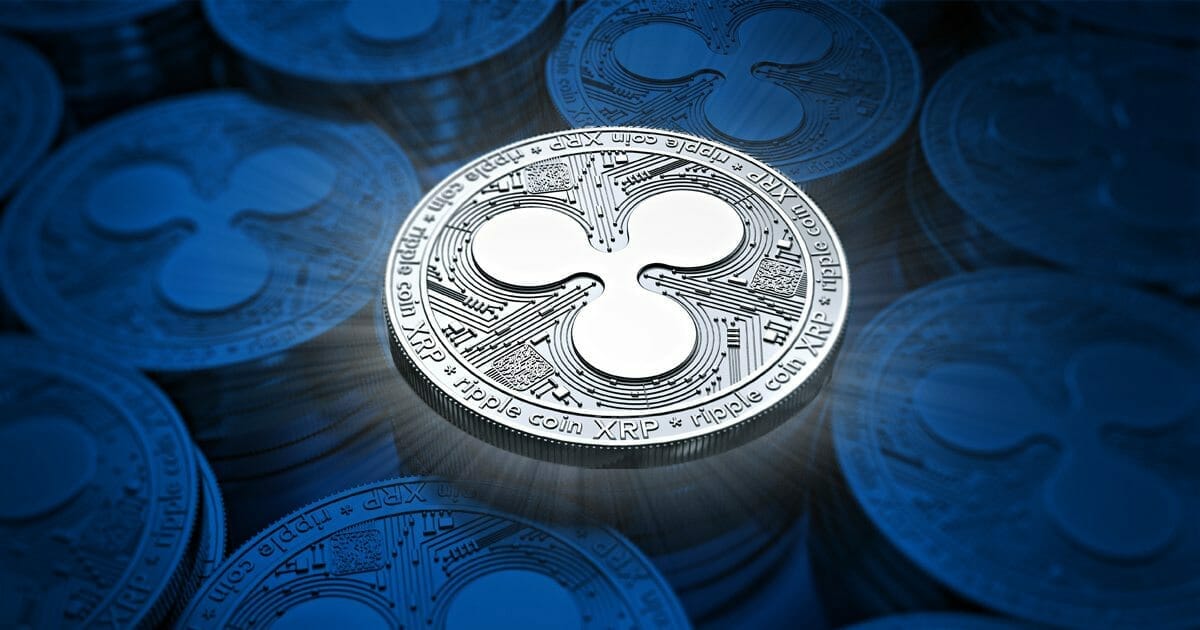Ripple Lawsuit Against the SEC Update: What to Expect Next Week
Ripple argues that the SEC’s allegations are baseless and lack adequate evidence.
Last week, the legal battle between Ripple and the US Securities and Exchange Commission (SEC) progressed to trial, with many expecting a resolution soon.
Attorney James K. Filan announced a new schedule from Judge Sarah Netburn, focused on the motion for relief and final sentencing. The SEC must respond by April 29 and Ripple has three business days to respond.
A Crucial Week for Ripple and SEC
Judge Sarah Netburn has set a timeline for the ongoing lawsuit between Ripple Labs and the Securities and Exchange Commission (SEC). This timeline is related to Ripple’s attempt to dismiss the SEC’s latest expert evidence intended to support its argument for sanctions and a final ruling.
Judge Netburn has granted the SEC an extension until April 29, 2024 to present its counterarguments to Ripple’s motion. Ripple will have three business days to respond.
This scheduling update follows the recent appointment of Judge Netburn as district judge in the Southern District of New York. Despite her new role, she is still the judge presiding over the Ripple vs. SEC case, where she is noted for her impartial decisions that are generally viewed positively by the crypto community.
“My understanding about XRP is that not only does it have a monetary value, but it also has a utility, and that utility distinguishes it from bitcoin and ether,” the judge said in 2021 (according to attorney Jeremy Hogan).
XRP has challenged the SEC’s request for substantial civil penalties. The blockchain payments company has responded to the SEC’s demand for a hefty fine, instead proposing a maximum fine of $10 million. According to Ripple, the SEC’s allegations are baseless and lack adequate evidence.
The Expected Result
Ripple representative Bill Morgan has continually argued for the past three years that sales of Ripple On-Demand Liquidity (ODL) do not constitute investment contracts. According to Morgan, the nature of ODL transactions is different from that of traditional investments.
He notes that customers use XRP only for a few seconds to enable cross-border payments, rather than for investment purposes. Ripple highlights that the SEC has not demonstrated any likelihood of future violations or reckless disregard in its XRP sales and cites the Govil case to dispute the SEC’s claw back claim, highlighting the lack of evidence of financial harm. Hogan recently forecasted that the lawsuit could conclude this summer, predicting a $100 million settlement, in the following terms:
“I think the judge won’t order any refund, but he will throw a bone at the SEC by imposing a fine of 100 million dollars on Ripple.”
Previously, the SEC had demanded a $2 billion fine from Ripple, citing violations in certain XRP sales. Ripple responded by stating that XRP should not be classified as a security, arguing that it does not fall within the SEC’s regulatory scope.
The company’s chief legal officer, Stuart Alderoty, presented several key reasons why the fine should not exceed $10 million.
The implications of this SEC lawsuit against Ripple extend beyond the court. A victory for Ripple could not only vindicate the company, but also provide a clearer regulatory framework for other crypto entities.
On the other hand, a victory for the SEC could lead to increased regulatory scrutiny and potentially stifle innovation in the rapidly evolving cryptocurrency space.
By Leonardo Perez
